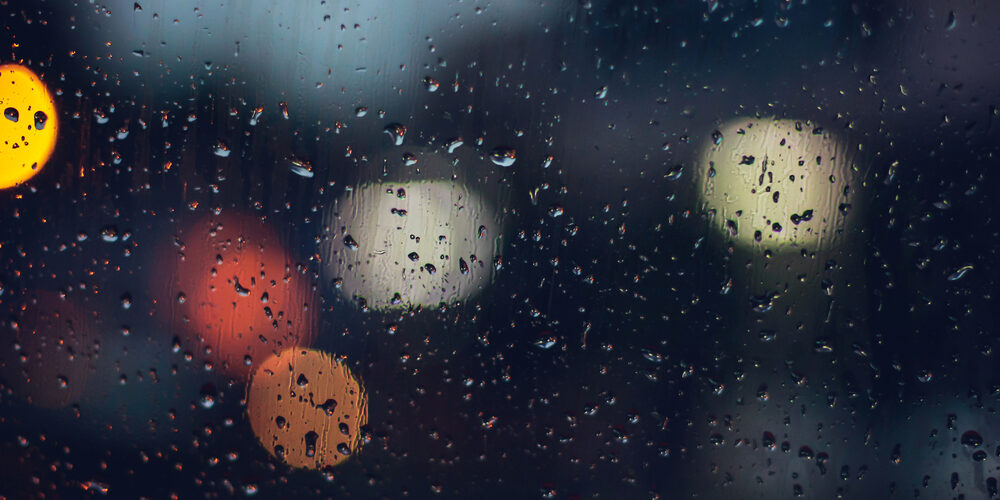One-way tint, also known as one-way mirror film or privacy mirror film, relies on differences in light levels between the interior and exterior of a building or vehicle to provide privacy during the day. However, its effectiveness at night is limited due to the reversal of light conditions.
During the daytime, when the interior is brightly lit and the exterior is relatively dark, one-way tint can create a mirrored effect, allowing occupants to see out while preventing outsiders from seeing in. This effect occurs because the brighter side (interior) reflects more light than the darker side (exterior), making it difficult for people outside to see through the glass.
At night, when the interior is dark or illuminated to a lesser extent than the exterior, the conditions are reversed. The exterior becomes brighter compared to the interior, which diminishes the one-way effect of the tint. As a result, one-way tint may not provide the same level of privacy at night, and visibility from the outside may be increased, especially if there is interior lighting.
It’s essential to understand that while one-way tint can offer some degree of privacy during the day, it may not be effective at night, particularly if there is lighting inside the building or vehicle. For nighttime privacy, other types of window films such as frosted or opaque films may be more suitable as they provide consistent privacy regardless of lighting conditions.






